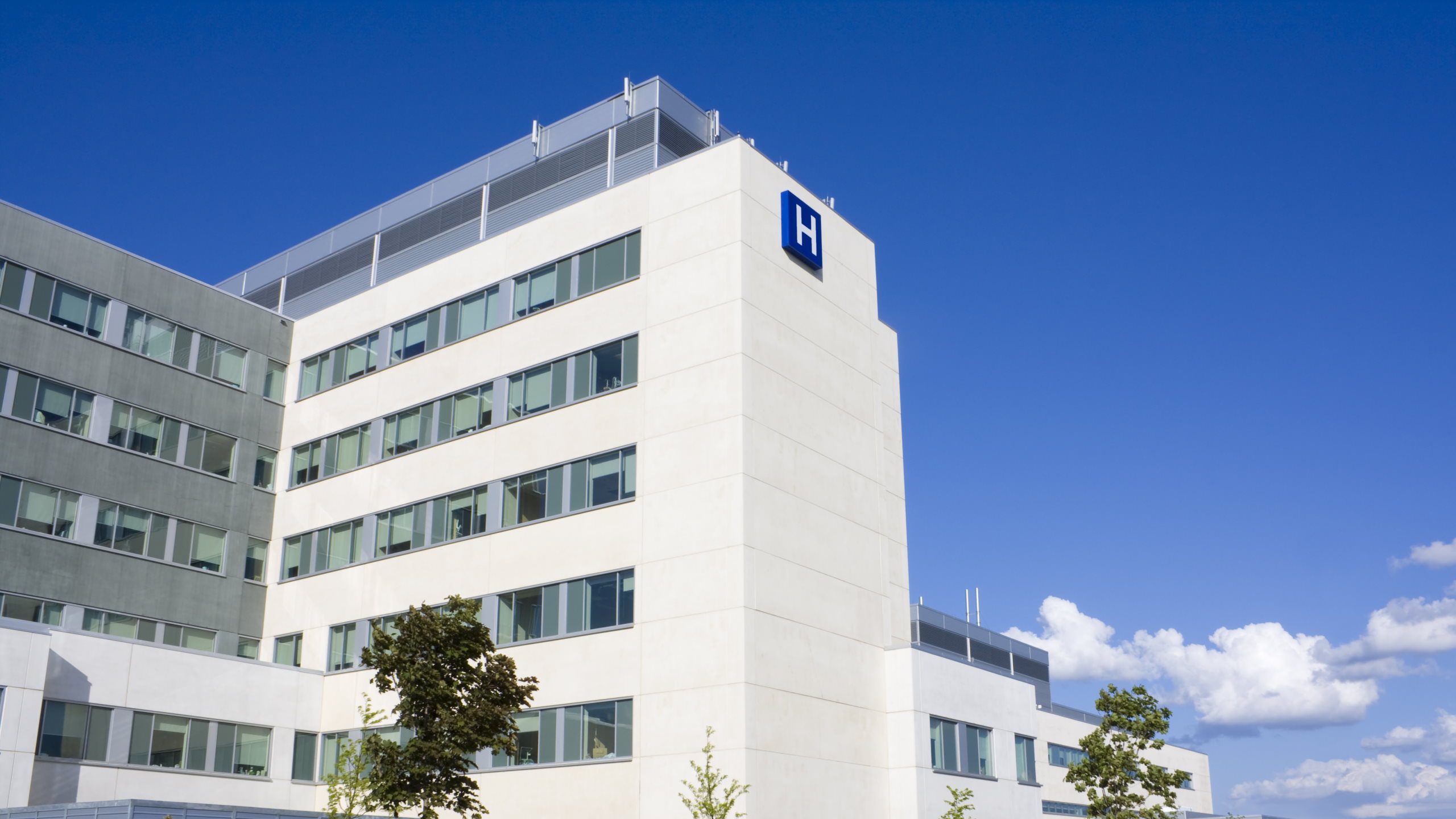McKinsey & Company recently published a paper entitled “The hospital Is dead, long live the hospital!” This well crafted piece documents nine major forces reshaping hospitals and healthcare delivery. In a nutshell, their thesis is that hospitals as we know them are dead, and the hospital of tomorrow will require significant re-engineering to address transformational shifts in consumer expectations, digital technology, finance and funding.
Now one could reasonably apply this analysis to virtually any industry, not just healthcare, but healthcare, and specifically private hospitals in Thailand, look particularly susceptible to these nine disruptors, which McKinsey defines as:
• Changes in patient populations and their needs
• Higher patient expectations
• Recognition that many types of care can be better provided in community settings
• High-quality care requires high-volume centers, and the emergence of standalone single-specialty centers
• Advances in clinical knowledge and technology
• Impact of digital technologies on how healthcare is delivered
• Difficulties in attracting and retaining an appropriately skilled workforce
• Financial and funding challenges
• Requirements to measure quality
Pre-Covid, most Thai hospital operators and investors saw these forces like clouds in the distant horizon – visible but not threatening – because the operational landscape remained unchanged. Clinics were full, medical tourists were plenty, and everyone was making money. But then came Covid, and those once distant clouds are now a storm threatening to destabilize businesses and balance sheets.
Looking at the aggregate, Thai private hospitals have a difficult road ahead. Operators must contend with two competing realities. The first is generating footfall and getting patients back into clinics and heads into beds. The second is preparing their organizations for the changes McKinsey describes in their white paper. To complicate matters even further, the Thai economy is in free fall and some economists are predicting the economy in 2021 will not rebound from a negative growth of 6.1% last year and could risk facing a financial crisis like in 1997.
This assessment is validated by a 2020 white paper conducted by IQVIA documenting the impact of Covid on SE Asia healthcare providers. The top level highlights are grim. Footfall at private hospitals declined 70%, as did surgical procedures. Medical tourism volumes declined 90%. Physician activity at large hospitals was down more than 50%. To add salt to the wound, predictions of a quick rebound in 2021 have not materialized, because with every new Covid variant comes a new government lockdown.
Thailand’s large private multispecialty hospitals seem particularly at risk. These facilities are built to provide a wide range of services and specialties, but they require volume to work efficiently. That’s a tough ask these days. Medical tourism has been decimated, household incomes are shrinking, and patients are delaying clinic visits and elective surgeries. The net result is Thai private hospitals are competing for a smaller pool of domestic patients with less purchasing power.
On the flip side of the coin, McKinsey, IQVIA and others see a transformational shift in how healthcare will be delivered. The bricks and mortar model where doctors sit behind a desk waiting for patients to come in looks dated, like bank tellers waiting for deposits. People have changed. Our habits, preferences and purchases all reflect a world moving from analog to digital. Healthcare will be challenged to look ‘beyond the building’ to engage and serve customers where they are, not where you are.
The digitalization of healthcare is a mega-trend supercharged by Covid; but lasting well beyond Covid. While the benefits of digitalization are clear (empowers patients, improves client engagement, optimizes operations and cost efficiencies) only “51% of CEO’s have prioritized digital transformation to better connect with their customers”, according to a 2016 PWC Global CEO survey. Telling but true.
Digitalization is expensive, time consuming, disruptive and the ROI is often unknown or hard to calculate. When hospitals spend on “digital” it usually refers to their hospital information systems (HIS), but these operating systems work in the background controlling patients records, orders, billing, etc. As a rule, they lack the customer facing attributes that patients want, like online registration and appointments, virtual consults, e-pharmacy and delivery. Marrying the two is an onerous task.
But bridging the digital divide must be done. Hospitals that do not invest in their digital capabilities today will not keep pace with their peers tomorrow. Furthermore, they will be most susceptible to disruption or disintermediation by 3rd party technology companies, like Booking.com in the hospitality industry or Grab to the restaurant industry, that take a 30% commission and own the customer and their data.
Thailand’s resiliency has been proven time again, but this time it feels different. Just last week, Kasikorn Research Centre (K-Research) forecast a huge slump in the number of foreign tourists visiting Thailand in 2021 to around 250,000 to 1.2 million people. By comparison, Thailand welcomed 39.9 million foreign visitors in 2019, generating 1.91 trillion baht for the country.
Covid has shaken the foundations of its tourism dependent economy and has exposed the limitations of the volume over value based strategy the government has clung to far too long.. Maybe it will all bounce back, but hoping for the return of the ‘good old days’ is like driving a car using the rear view mirror as a guide. Eventually, it leads to a crash.
The clear take-away here is that Thai private healthcare is facing challenges it hasn’t seen since 1997, and operators will have to fight a two pronged battled — one to survive and the other to thrive.
